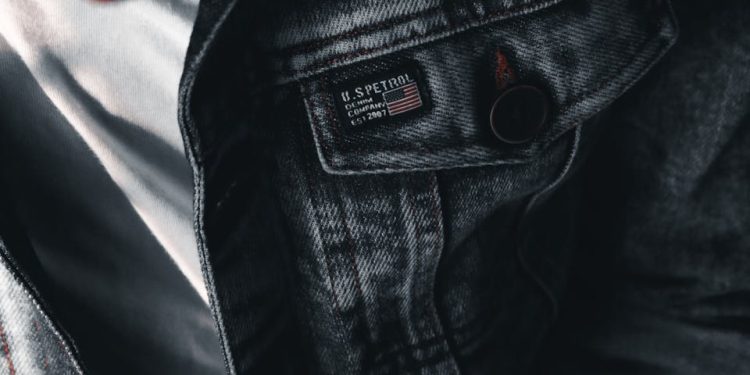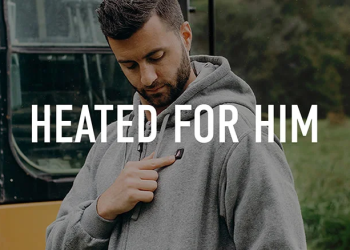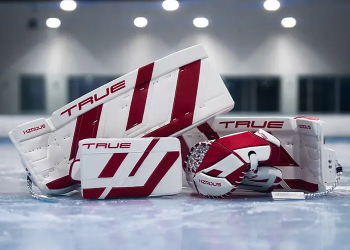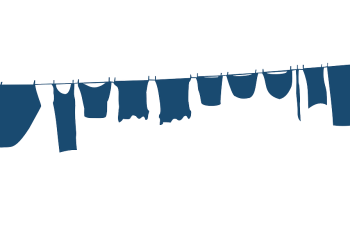Winter is the perfect season to showcase your style while staying warm and comfortable. Mastering the art of layering not only helps you combat the cold but also allows you to create visually interesting and functional outfits. With the right techniques, fabrics, and combinations, layering can enhance your winter wardrobe. Here’s a guide to layering clothes for the winter season like a pro.
The Basics of Winter Layering
Layering is all about combining multiple pieces to regulate your body temperature while adding depth to your outfit. The three essential layers are:
- Base Layer:
- Worn closest to the skin to wick away moisture and keep you dry.
- Fabrics: Merino wool, synthetic blends, or silk for effective insulation.
- Examples: Thermal tops, long-sleeve shirts, and leggings.
- Mid Layer:
- Provides insulation by trapping body heat.
- Fabrics: Fleece, down, or heavy knit materials.
- Examples: Sweaters, hoodies, and quilted vests.
- Outer Layer:
- Protects against wind, rain, and snow while tying the look together.
- Fabrics: Waterproof or wind-resistant materials like Gore-Tex, wool, or treated leather.
- Examples: Coats, parkas, and trench coats.
Each layer serves a specific purpose, ensuring warmth and style.
Choosing the Right Fabrics
The choice of fabrics plays a critical role in effective layering:
- Wool:
- A natural insulator that retains warmth even when wet.
- Cotton:
- Comfortable but best avoided as a base layer because it retains moisture.
- Synthetic Blends:
- Lightweight and moisture-wicking, ideal for activewear.
- Fleece:
- Soft, lightweight, and excellent for insulation.
- Down:
- Provides unmatched warmth but requires a weatherproof outer layer.
Choosing the right fabrics ensures comfort and efficiency in your winter outfits.
Layering Techniques for Style and Functionality
Start with a Strong Base
- Fit:
- Your base layer should be snug to effectively wick moisture away from the skin.
- Color Options:
- Neutral colors like black, gray, or white work well as they won’t clash with other layers.
- Examples:
- Long-sleeve thermal tops, moisture-wicking T-shirts, or leggings.
Add Insulation with Mid Layers
- Sweaters:
- Cable-knit or crewneck sweaters add texture and warmth.
- Hoodies:
- A casual and versatile option for layering.
- Vests:
- Quilted or puffer vests provide extra insulation without bulk.
- Tips:
- Ensure your mid-layer is breathable and doesn’t restrict movement.
Top It Off with an Outer Layer
- Coats and Jackets:
- Choose a style that complements your outfit, such as a tailored wool coat for formal occasions or a parka for casual wear.
- Length:
- Longer coats offer more coverage and warmth, especially in windy conditions.
- Features:
- Look for adjustable hoods, drawstrings, and storm flaps for added protection.
Your outer layer is both a functional and fashion-forward element of your winter wardrobe.
Accessorize for Warmth and Style
Accessories not only provide extra warmth but also add personality to your outfit:
- Scarves:
- Wool or cashmere scarves offer excellent insulation.
- Experiment with different knots and drapes to enhance your look.
- Gloves:
- Leather gloves lined with fleece or wool are both stylish and warm.
- Touchscreen-compatible gloves are practical for modern lifestyles.
- Hats:
- Beanies, flat caps, or trapper hats keep your head warm while complementing your style.
- Socks:
- Merino wool or thermal socks keep your feet comfortable and dry.
Accessories are the finishing touch that ties your winter outfit together.
Balancing Bulk and Fit
Layering often involves multiple pieces, but managing bulk is essential:
- Slim Base Layers:
- Start with thin, fitted base layers to avoid unnecessary bulk.
- Strategic Mid Layers:
- Choose mid-layers that provide warmth without adding excessive volume, such as lightweight fleece or down vests.
- Tailored Outer Layers:
- Ensure your coat or jacket has enough room to accommodate layers underneath while maintaining a streamlined silhouette.
Balancing bulk ensures both comfort and a sharp appearance.
Color Coordination for Layered Outfits
Harmonizing colors adds visual interest to your winter ensembles:
- Neutral Foundations:
- Stick to neutral tones like black, navy, and gray for base and mid-layers.
- Accent Colors:
- Add pops of color with scarves, hats, or sweaters to brighten your outfit.
- Monochrome Looks:
- Layer different shades of the same color for a sleek, modern vibe.
Color coordination ensures your layered outfits are cohesive and stylish.
Layering for Different Occasions
Casual Outings
- Outfit Idea:
- Thermal top, flannel shirt, puffer vest, and a parka.
- Pair with jeans and leather boots for a rugged, laid-back look.
Work or Formal Events
- Outfit Idea:
- Dress shirt, wool sweater, tailored overcoat, and scarf.
- Combine with tailored trousers and polished leather shoes for a sophisticated appearance.
Outdoor Activities
- Outfit Idea:
- Moisture-wicking base layer, fleece jacket, insulated parka, and thermal gloves.
- Add waterproof boots for practicality.
Adapting your layers to the occasion ensures you’re both comfortable and appropriately dressed.
Caring for Your Winter Layers
Proper maintenance extends the life of your winter wardrobe:
- Washing:
- Follow care instructions for each fabric to prevent damage.
- Storage:
- Store winter items in breathable garment bags during the off-season.
- Repairs:
- Mend small tears or replace buttons promptly to keep layers in top condition.
Taking care of your clothes ensures they remain functional and stylish for years.
Layering clothes for the winter season is an art that balances practicality with style. By choosing the right fabrics, mastering layering techniques, and accessorizing thoughtfully, you can stay warm while showcasing your personal flair. Whether you’re dressing for casual outings, work, or outdoor adventures, these tips will help you layer like a pro and make the most of the winter season.








